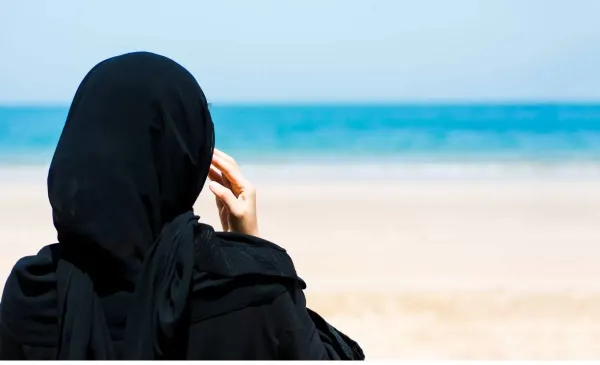
Muslim Women Circumcism That is, female circumcision is a traditional religious practice, which is mainly seen in the Dawoodi Bohra Muslim community. In this process, a portion of the genitals of girls is cut, which is called 'Khafz'. Its purpose is usually stated to be “controlling sexual desire”.
Although there is no clear mention of this in the Quran, some communities see it as a “religious tradition”.
This process is usually done on girls between 6 and 12 years old. In most cases this is done secretly and is fulfilled by traditional women or nurses without medical standards.
In India Muslim Women Circumcism There is no special law against, but it can be considered punishable under Section 326A and 326B ( to physical damage) of the IPC. However, the lack of a specific law on this is dismissing many women's rights organizations.
In 2017, through a PIL, the Supreme Court was requested to ban women circumcision. The government initially tried to avoid it as a “tradition of a limited community”, but the debate has now intensified due to increasing pressure and international reports.
World Health Organization (WHO) Muslim Women Circumcism Has considered “violation of human rights of women” and termed it physically and mentally harmful. According to WHO, this practice is not only unsafe, but it can also cause problems such as infection, sterility, and sexual disorder.
The United Nations also holds it in the category of “FGM – Female Genital Mute” and is campaigning globally to eliminate it.
A 28 -year -old woman from Mumbai, whose Muslim Women Circumcism It happened in childhood, says, “I did not understand what is happening to me. Apart from pain, I have mental pain till date.”
At the same time, some women also consider it a “holy tradition” and say that it keeps “purity”.
This duality makes this subject more complicated.
Many NGOs and women activists across the country Muslim Women Circumcism Campaign to shut down. Prominent among these are:
These organizations demand that the Indian government also brought women circumcision under the category of child sexual abuse and enact strict laws on it.
There is a difference of opinion on this subject even within Dawoodi Bohra society. Some religious leaders call it mandatory, while the younger generation and educated class are keeping distance from this tradition.
A social worker associated with the Bohra community of Mumbai says, “Religion changes, society changes. We should also review our customs.”
The Constitution of India gives the right to life and freedom (Article 21). Muslim Women Circumcism As practices are not only a violation of that right, but it is also an example of violence and gender -based discrimination against children.
If a male circumcision can be called religious freedom, then why is the question on female circumcision? The answer is that it is both physical damage and gender discrimination.
Muslim Women Circumcism Not only a religious tradition, but has become a matter of social and human rights. In a democratic country like India, where there is talk of women empowerment, it is necessary to bring this practice under the legal purview.
It is necessary that the government, society and religious leadership three should together discuss it intense and understand the pain of the victims, so that no girl has to go through this painful experience in future.